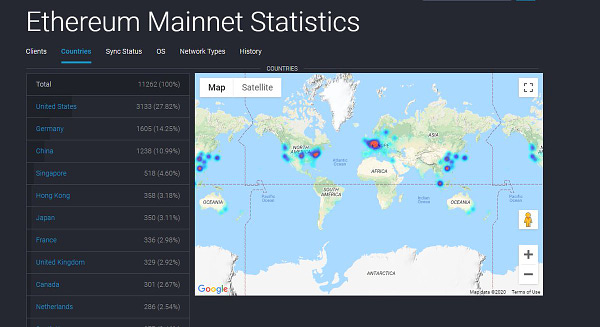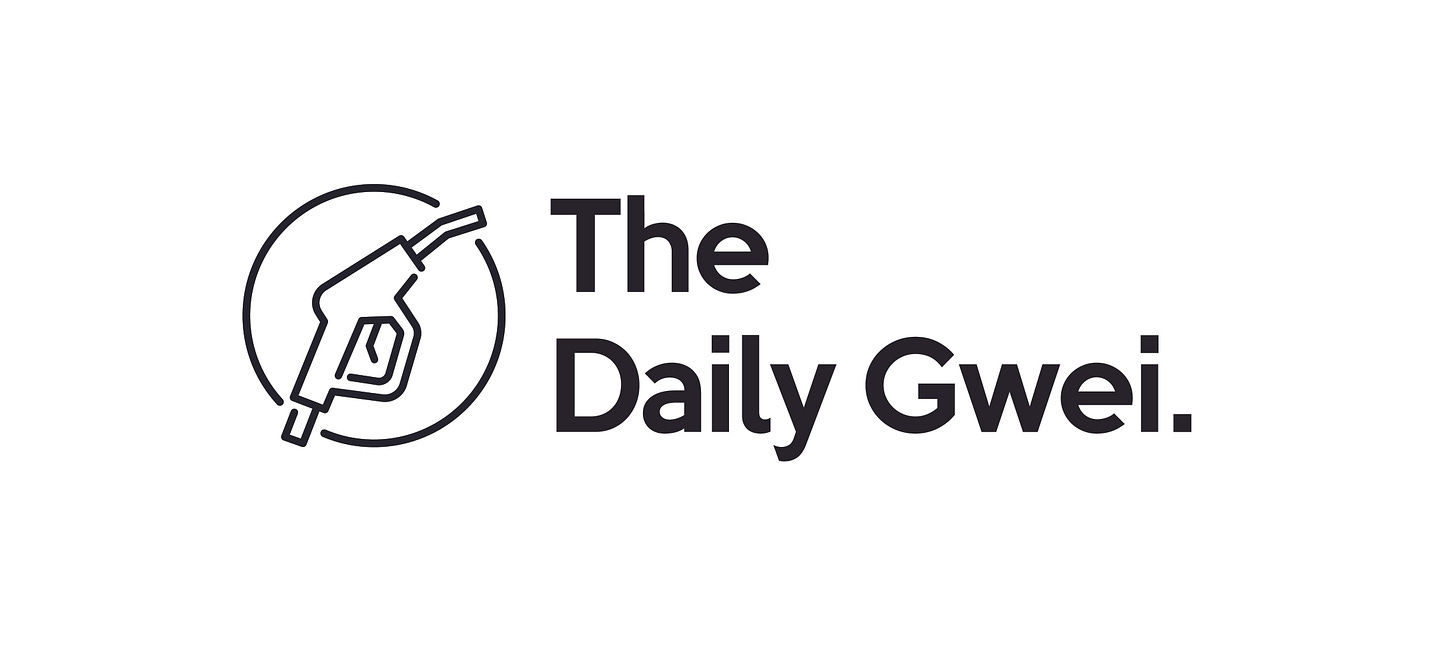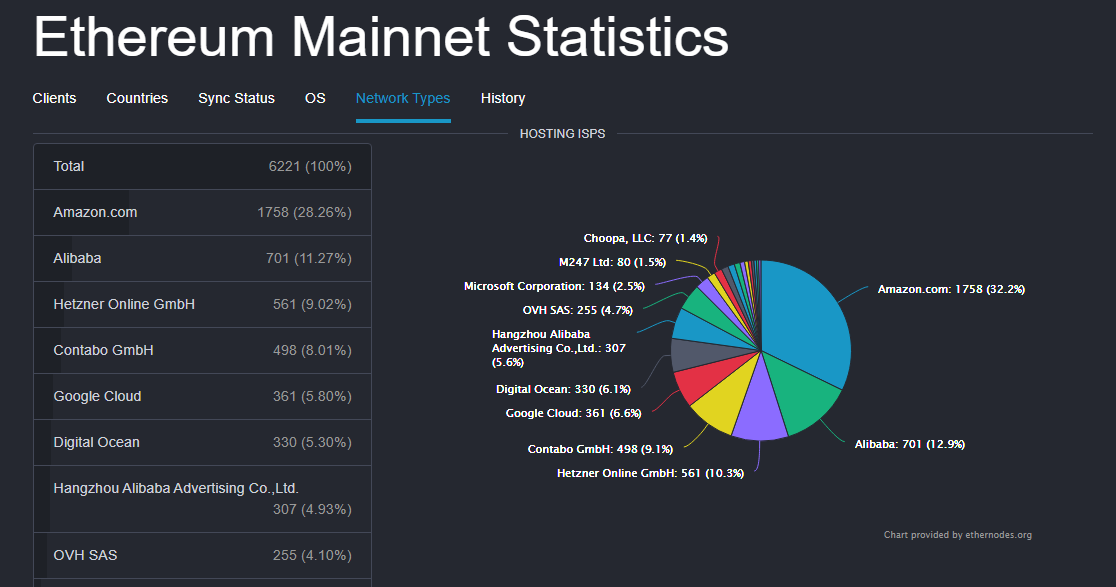You may not be aware of this but there is actually a French version of The Daily Gwei where community volunteers translate every Tuesday and Thursday edition of this newsletter into French - how cool is that? They also do the same for Bankless! If you’d like to support their efforts, please donate to their Gitcoin Grant here.
A fundamental property of an open and decentralized blockchain is having the ability to run and verify the rules and state of the system yourself. This is referred to as “running a full node” and there are currently over 11,000 Ethereum full nodes according to Ethernodes.


As Philippe points out in his tweet, the more nodes there are and the more distributed they are, the harder it is for the U.S. government (or any government) to shut down the network. This is because full nodes are the “source of truth” for a blockchain so even if most of them were wiped out, the remaining nodes could still be used as that source of truth and we’d have good certainty that they hadn’t been altered.
Though if we dig a little deeper into the distribution of Ethereum full nodes, we can see that many of these nodes (55.5%) are actually being run on third party hosting providers such as AWS or Google Cloud. Ideally, we’d like to see the majority of nodes being self-hosted because as it currently stands, the U.S. government could order Amazon to basically shut down the accounts of everyone running an Ethereum full node on AWS and this would take over 1,700 nodes offline instantly.
Contrary to some misguided beliefs, running an Ethereum full node on your own hardware is actually pretty straight forward and there are plenty of options. For those that are completely new to this, you can check out this guide here for a straight-forward guide on how to get started. If you’re running a full node via a third party provider, I’d encourage you to switch to a self-hosted node (if possible). The best thing about running your own full node is that your reliance on third party infrastructure goes down as you can do things like point your MetaMask to your own node instead of Infura (why that’s important here).
It’s been fun to watch the amount of Ethereum full nodes increase over the last few weeks due to the encouragement to run your own node if you’re staking on eth2. I’m pretty sure that ~11,200 full nodes is the highest in Ethereum’s history (and it’s even higher than Bitcoin’s full node count). This is awesome to see and I hope that it lasts for as long as it can - the more distributed the Ethereum network is, the better!
Have a great day everyone,
Anthony Sassano
Join the Daily Gwei Ecosystem
All information presented above is for educational purposes only and should not be taken as investment advice.




